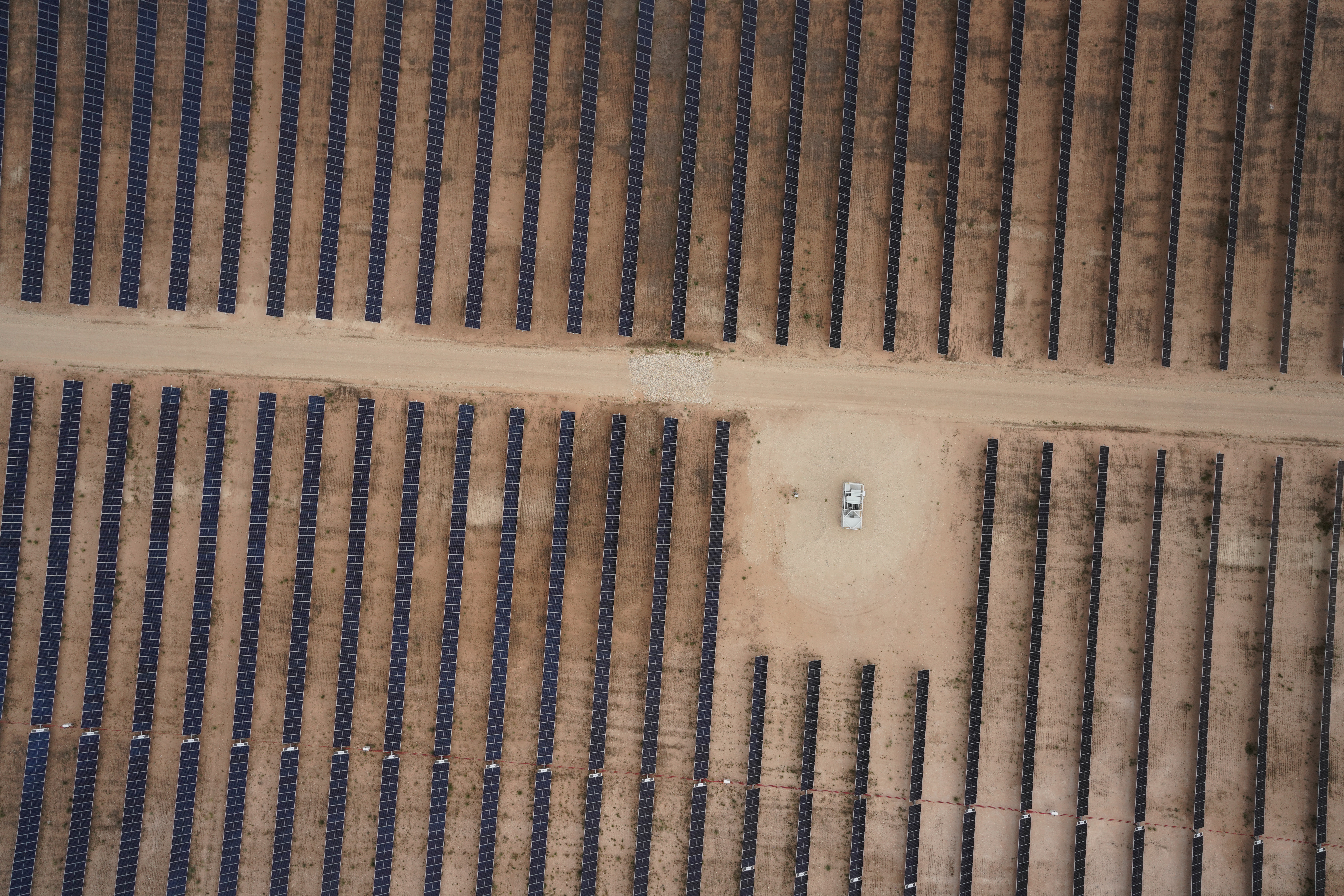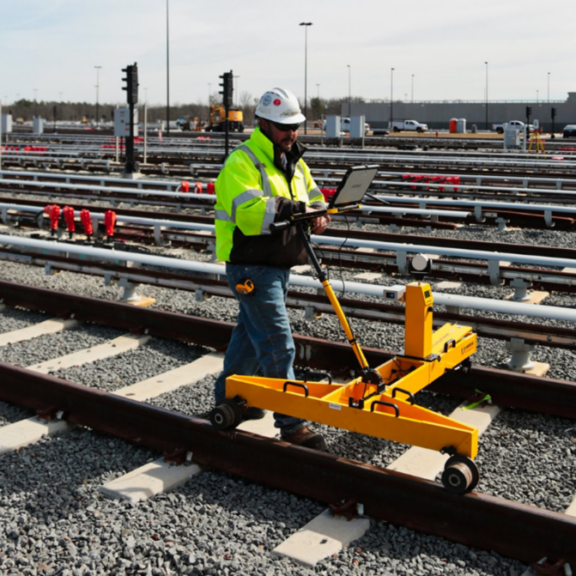Do you hear that? The humble buzz of your computer as you read this. Or the coffee pot cranking out a fresh cup of joe. What about the heat kicking on as we welcome the winter months? That, my friends, is electricity.
Before I found myself in the world of engineering, I knew that electricity was obviously a massive part of our lives, but I’m not sure I ever realized how it worked. The sheer amount of technicality and engineering that goes into producing enough energy for a washing machine to run didn’t use to phase me, but after diving into the ins and outs of power systems engineering with Charlie Askey of our Charlotte office, somehow, it’s all I can think about.
If you partake in day-to-day activities that include plugging anything into a wall outlet, logging on to the internet, or using a landline phone (some of us still remember those, ok?), your life has been impacted by a power systems engineer. Practicing in a subset of electrical engineering, power systems engineers are responsible for connecting the power sources that keep modern life united and sustainable. All our daily tasks are determined by the energy generated with the help of these engineers, so their jobs are substantial to how our society functions.
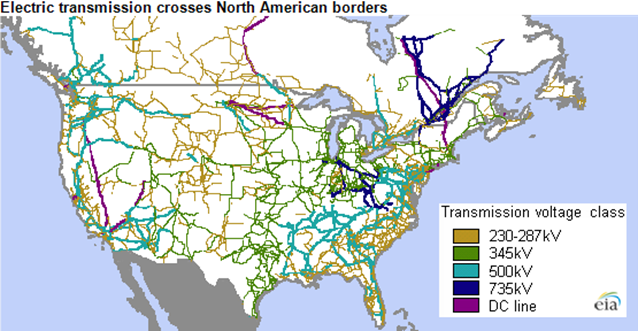
Let’s get into it by defining a few key points for how electricity works. According to the U.S. Energy Information Administration, there are three major types of energy that generate electricity in the United States: Fossil fuels (coal, natural gas, and petroleum), nuclear energy, and renewable energy (solar, wind, and water). Fossil fuels, nuclear, and some solar energies generate electricity with steam turbines while water and wind generate electricity with force turbines. Generally, once energy is harnessed at a power site, it makes its way via transmission lines to a substation. From there, a specific amount of energy travels through transformers and wires where it’s ultimately distributed to our homes, businesses, schools, industrial facilities, and anywhere else that electricity supports our lives.
All these power sites, transmission lines, and substations form what we call the ‘power grid’, named for the fact that it actually resembles a grid. Most of us don’t live right next to a power plant, so power has to get to us somehow. With lots of connecting points and shared access, the grid makes it possible for us to connect power to just about anything. As energy use continues to grow, there’s no lack of need for expansion of the grid where possible.
Power goes from point A to B to C essentially, but there are a lot of other factors in between those points that affect the quantity, quality, cost, and speed of energy that makes its way into our outlets. Many of those factors are determined by how much and where new energy can be injected into the existing power grid. And that’s where Charlie’s team of power systems engineers come into the equation.
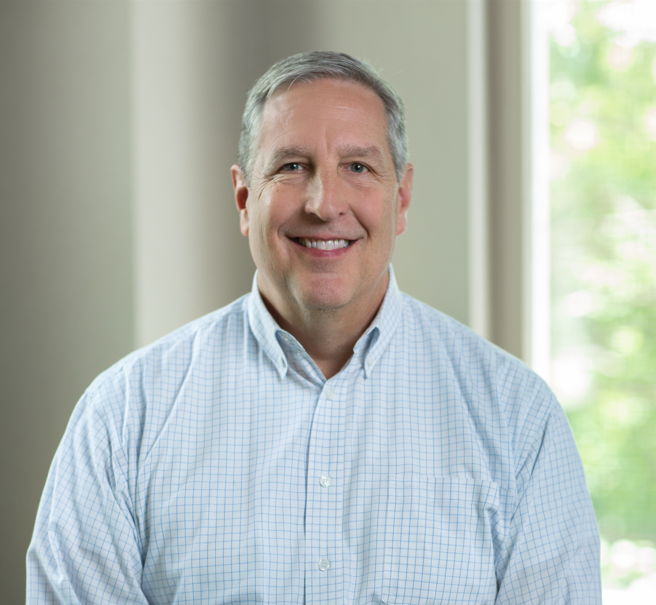
Charlie was Timmons Group’s first electrical engineer. He joined Timmons Group in 2017 and through projects, he manages a team of engineers and designers that perform power system planning and facility design. He has a Master’s in Electrical Engineering with a concentration in Power Systems and has utility experience in power system planning and system operations. Charlie’s consulting background includes work with investor-owned utilities, electric membership cooperatives, municipal utilities, merchant generation developers, and EPC contractors.
Timmons Group’s power systems engineers work primarily in renewable energy, specifically solar, wind, and battery storage. We have a few renewable energy practices within the firm, but Charlie’s team in Charlotte works directly with client developers who are hoping to create new power sites. His team analyzes potential sites from a power flow perspective to determine how much energy can be injected into the existing electric grid under a variety of system conditions and the potential for the project to need “network upgrades”. Network upgrades are the facilities that a utility must construct to allow a generation project to inject its power. The cost of network upgrades is borne by the developer.
On the planning side, Charlie and his team research grid injection sites and evaluate the potential success of a new energy project. “Our clients are prospective developers that are looking for sites with available transfer capability or wanting to test sites to see how much power they can inject into the grid,” Charlie said. “Once they decide on a location, we help them create a generation interconnection application to get their project into the generation interconnection queue. Each utility or regional transmission organization (RTO) maintains a sequential queue of pending interconnections that govern the way that projects are studied by the utility / RTO toward the goal of offering an Interconnection Agreement to the developer.”
“We have very personal relationships with our developer clients because we are an integral part of their development arm, so to speak. We are here to help them succeed, and that’s a really exciting part of our work,” Charlie said.
Each member on Charlie’s team has a different specialty area. Some work with regional transmission organizations, like MISO (Midcontinent Independent System Operator), SPP (Southwest Power Pool), WECC (Western Electric Coordinating Council), ERCOT (Electric Reliability Council of Texas) or PJM Interconnection, the largest regional transmission operator in the country that covers Illinois, Ohio, New Jersey, Pennsylvania, Virginia, the Carolinas, and parts of Kentucky. Others work in utility-owned tariff areas like Southern Company, Duke Energy, Santee Cooper, Dominion Energy South Carolina, or the utilities in Florida. The relationships, experience, and knowledge that the engineers have with each study area is pertinent to our ability to provide quality consulting services and evaluate a project’s chance of a successful interconnection.
On average, Charlie’s group will spend no more than a week working on a specific project, which leads to an exciting and kinetic team atmosphere. “We learn something new every day. We’re seldom static and we just enjoy getting to do so many different things as electrical engineers.”
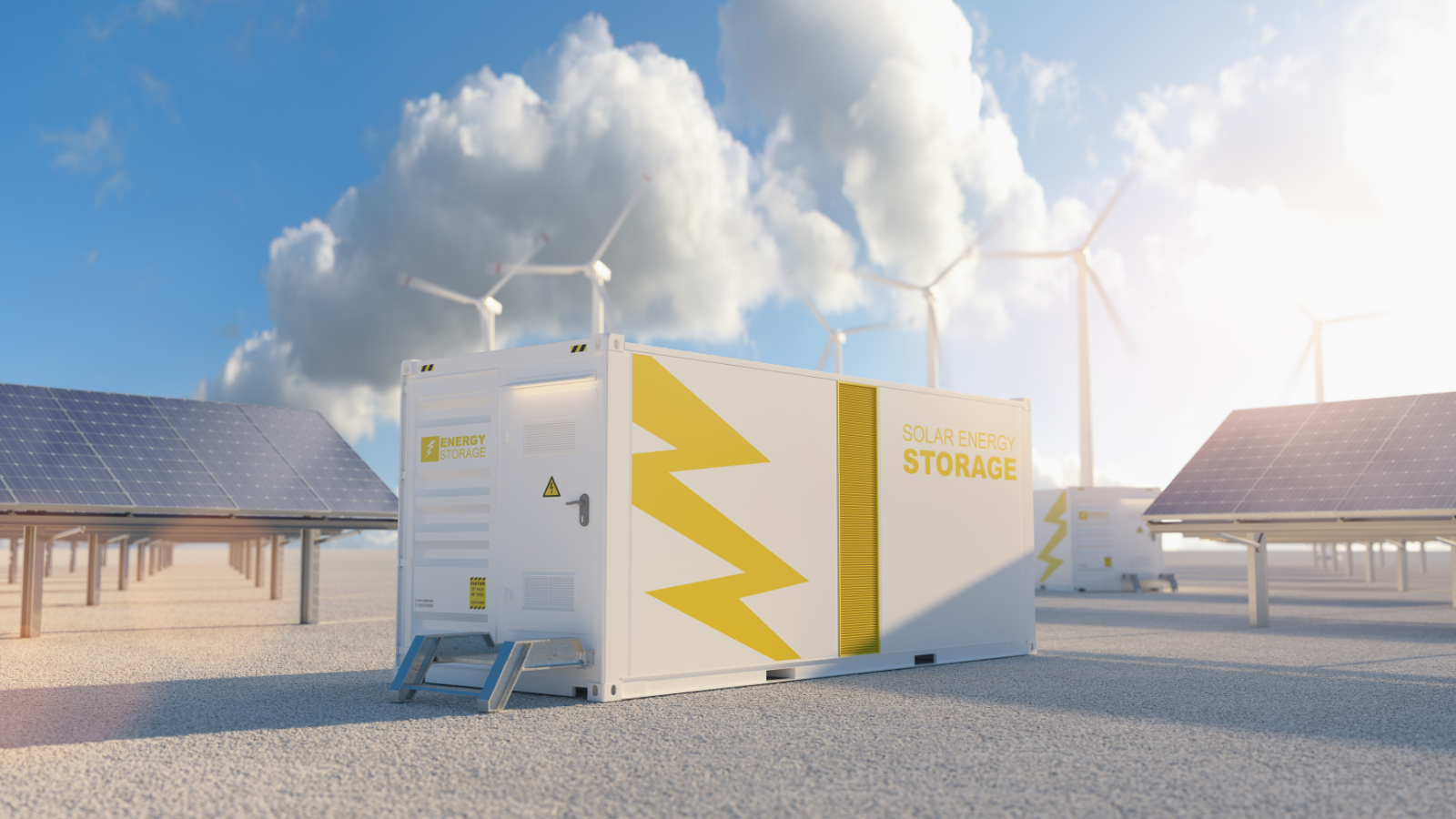
One sector of Charlie’s work I found particularly fascinating is battery storage. I didn’t really understand what it meant or how it worked, so Charlie gave me a thirty-second rundown. It went something like this:
“When we talk about battery storage, we’re usually talking about lithium-ion storage. The technology is more mature now,” he said. A battery storage facility consists of rows of battery storage units (approximately 10 feet by 20 feet) that resemble boxcars. The battery storage project can be coupled with a wind or solar project, or they can be a project of just storage units. The batteries get their energy (or their charge) in one of two ways — One way to charge them is to let them obtain power from their associated wind or solar farm for use at a later time. “You can overbuild a solar or wind project such that you have more energy than you are allowed to inject into the grid at once. The project owner will direct the “extra” power to charge the batteries for when that energy is needed or when the power may be more profitable for the project,” Charlie said.
If a battery storage project is a standalone project or not dependent on wind or solar, the second way to charge them is to let them take energy from the grid. “This way the project can make money by taking advantage of the arbitrage in rate differences at different times of the day. They will charge on a summer night when the rates are low and discharge them when everyone wants to get cool during the day. Or during the winter, they will charge during the afternoon for discharge in the early morning hours when people crank up their furnaces,” Charlie said.
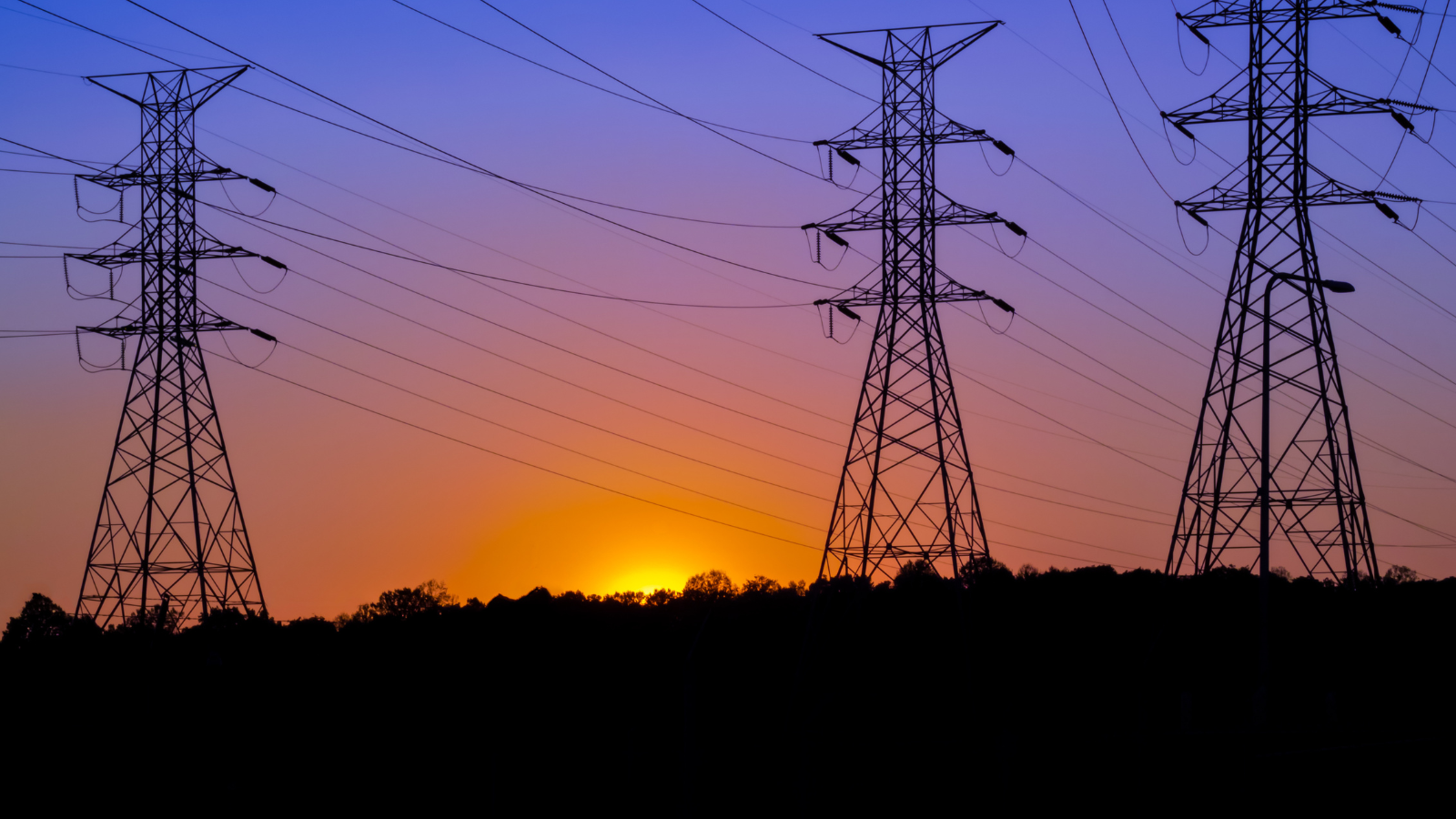
Charlie is very passionate about his teammates, and he says the genesis of their team wouldn’t have been possible without the commitment they provide to both the firm and their clients every day. The team is equipped with the same software and models that the utilities and regional operators use to plan and design the power system. In addition to his team’s planning skills, they also help design the facilities that connect these projects to the power system. These engineers and services are also housed in Timmons Group’s Charlotte office.
From solar and wind to battery storage design, this team is helping keep our lights on with their dedication to the field they serve. Learn more about open opportunities on our electrical design and power systems engineering team at www.timmons.com/careers, and be sure to filter for ‘renewable energy.’


